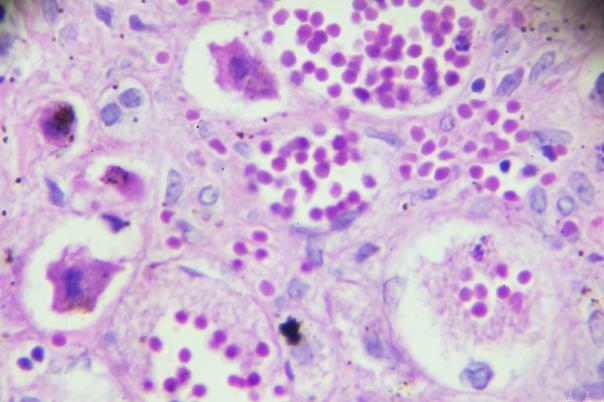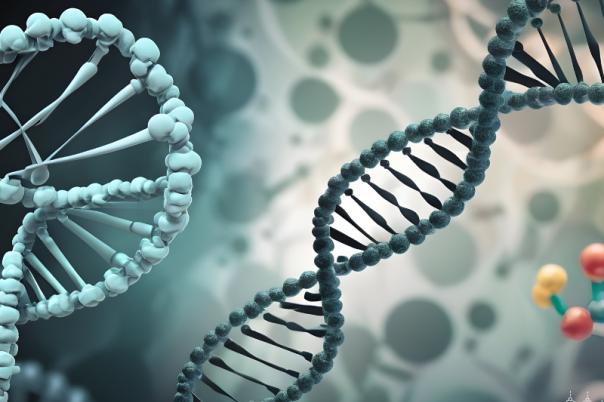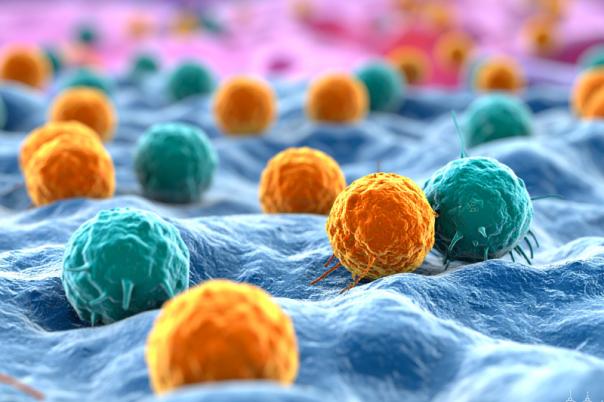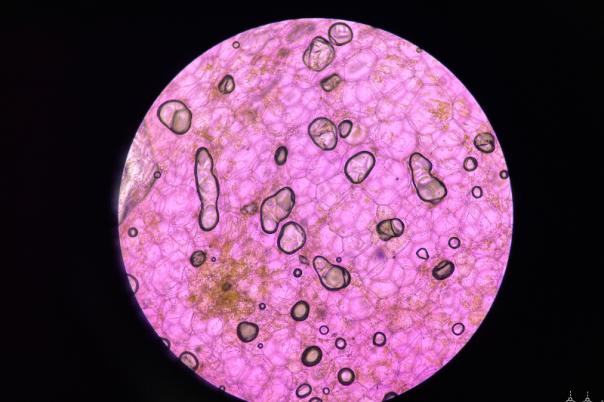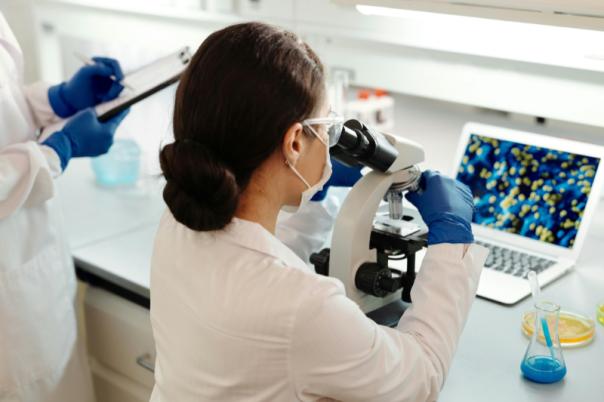It is well-documented that many patients do not respond well to immunotherapies and experience tumour reoccurrence within 12 to 36 months. Sammy Ferri-Borgogno, Assistant Professor in the Department of Gynaecologic Oncology and Reproductive Medicine at the University of Texas MD Anderson Cancer Center explained that the exact reason for this is unknown. However, to address this, there is an urgency to find new biomarkers that can predict response and also to find new therapeutic targets for these cancer types.
Ferri-Borgogno and her team have been exploring the application of multiple technologies to try to dissect the complexity and heterogeneity of the ovarian tumour microenvironment. They combined two approaches. The targeted approach used imagining mass cytometry and a general panel of 21 markers directed against immune cells, this was coupled with micro dissected specimens of the same sample which had RNAseq performed on it. Ferri Borgogno managed to identify a correlation between IMC cell types and the gene expression profile from the micro-dissected ones.
Next, they carried out in-depth spatial transcriptomics using a 10X platform combined with single-cell RNA-seq for ligand-receptor analysis at the tumour-stroma interface. Ferri-Borgogno said that although these studies were informative, there is still a lack of understanding of the ovarian tumour microenvironment.
Now, Ferri-Borgogno has employed a 3D targeted and non-targeted multiplex multiomics workflow. The team cut 17 tissue sections; each section was composed of three distinct layers. The top layer includes non-targeted spatial metabolomics, glycomics, and peptidomics. The middle layer uses targeted sequential immunofluorescence (20-marker panel) for precise cell and tissue segmentation. Finally, the bottom layer has untargeted, species-agnostic spatial transcriptomics using high-resolution DNA nanoball arrays.
The integration of data from different layers (targeted and non-targeted) allowed for a comprehensive understanding of the tumour microenvironment. This approach aimed to identify new biomarkers and therapeutic targets while minimising tissue use and costs.
One key highlight was that the data from all three layers could be combined into “voxels”: 3D pixels containing transcriptomic, metabolomic, and proteomic information. Furthermore, deep learning practices defined tumour, stroma, and tumour-stroma interface regions. The results found spatially distinct expression patterns of metabolites, glycans, and peptides across tumour regions. In addition, they unveiled new markers specific to tumour, stroma, and especially the tumour-stroma interface.
Ferri-Borgogno concluded by announcing that the data generated from this study will be made publicly available on the HTAN website. This should contribute to a broader understanding of ovarian cancer and potentially aid in the development of new treatments.

